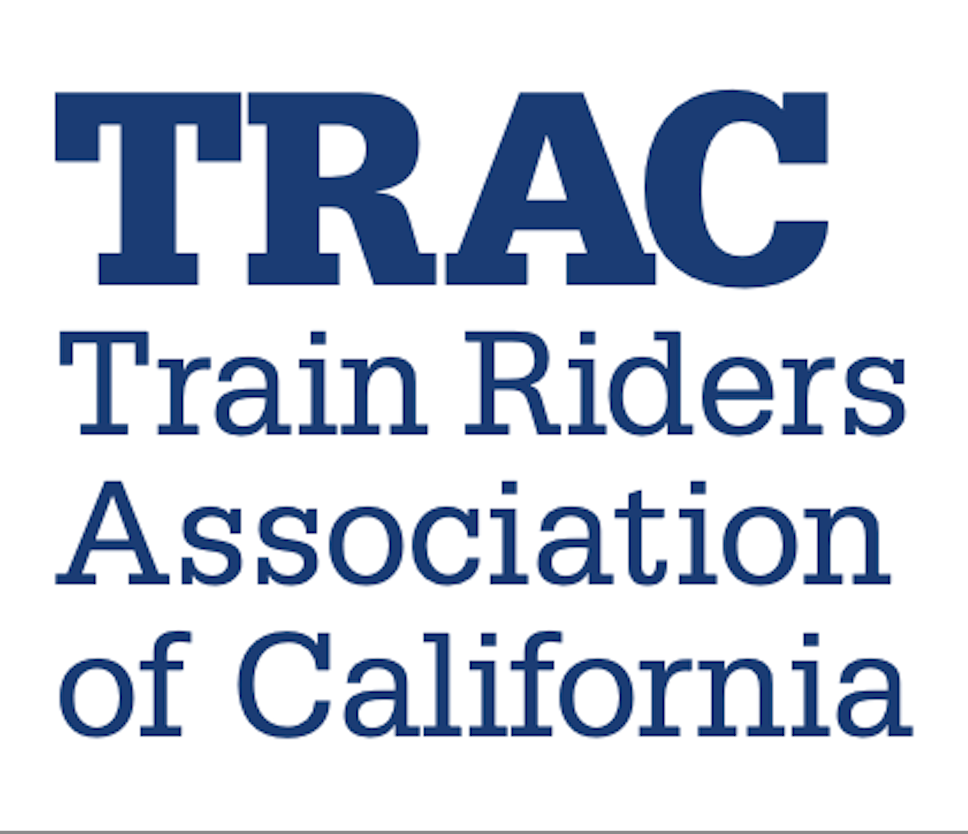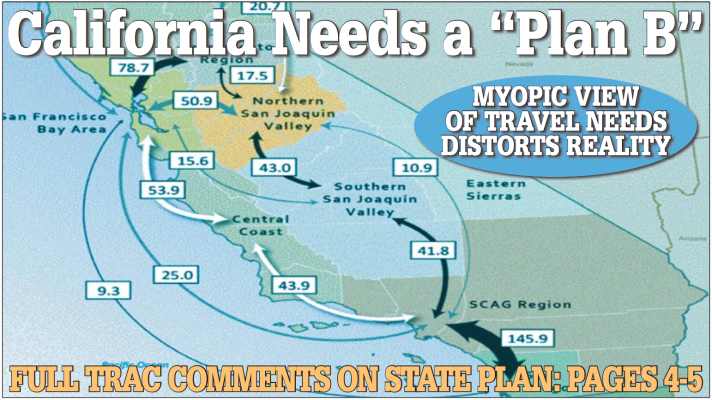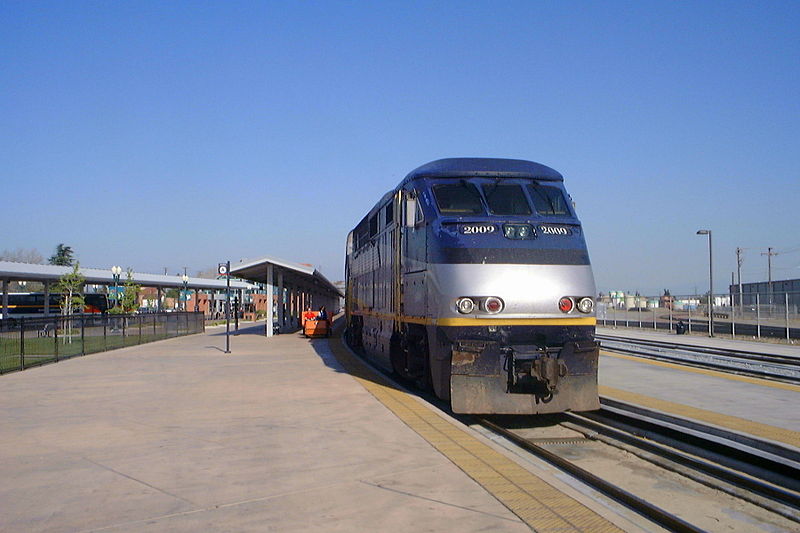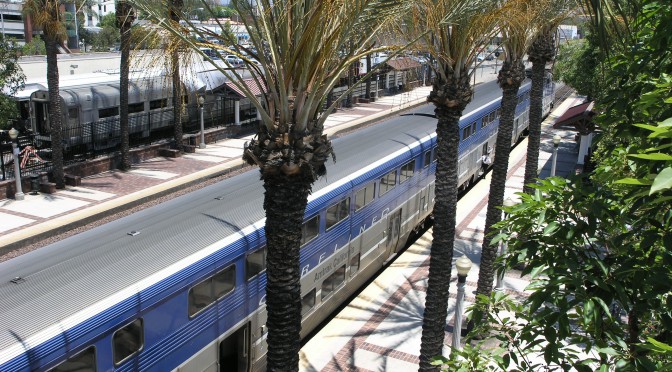Let’s Have Accurate Locomotive Emissions
By David Schonbrunn, TRAC President
Editor’s Note: These comments were sent by TRAC’s President to the California Air Resources Board, which will have a workshop on Reducing Emissions From In-Use Locomotives on March 30, 2021.
The Train Riders Association of California (“TRAC”) is a statewide rail advocacy organization that has worked since 1984 to improve passenger rail service in California. We seek to attract automobile drivers to rail, thereby reducing the emissions from motor vehicles. While the emissions from locomotives are only a small part of the motor vehicle emissions inventory, we were pleased to receive an announcement about the upcoming Reducing Emissions From In-Use Locomotives workshop.
In advance of that workshop, we wanted to offer our thoughts on the testing of passenger locomotive emissions, which have important implications for emissions inventories and emissions reduction incentive programs, such as Carl Moyer and the Prop. 1B Goods Movement Emission Reduction programs.
Our concerns about locomotive emissions began when we were informed that Caltrain idled its trains all night long in the San Francisco railyard. Besides the noise pollution to the new residential buildings that abut the railyard, the criteria and GHG emissions must be substantial–and completely unnecessary. This is the foundation for our first recommendation:
1. Passenger locomotive emission measurements must be based on a real-world duty cycle, which captures all the idling that occurs during a 24-hour day of standard operation.
Locomotives in commuter and intercity service constitute a supermajority of the passenger rail fleet, and need to have their own unique duty cycle, different from locomotives for long-distance passenger trains. The start-stop nature of their service, coupled with modest periods of operations during the day, cause them to sit idling in standby much more, both in stations and at termini overnight.
In checking into the emissions from Tier 4 engines at idle, using EPA data, we became concerned that the NOx emissions at idle are more than 100 times higher than those at Notch 8 maximum power. Unlike freight locomotives, passenger locomotives contribute significant emissions when idling, because they produce hundreds of horsepower to generate hotel power (which runs the lights and HVAC in the passenger cars).
This reinforces the importance of fully capturing emissions at idle when developing emissions inventories or awarding emissions reduction incentive funding. ARB’s 2017 Passenger Rail Emissions Model generates its outputs simplistically, using gallons of fuel burned, converted into bhp-hrs, and then multiplied by a factor in grams of criteria pollutant/bhp-hr. That last factor is what we are criticizing. It needs to be based on a real-world 24-hour duty cycle combined with full-system emissions testing.
We dug a bit deeper and found that the EPA testing procedures do not include the emissions from the generation of hotel power. Because hotel power is obviously in use when trains are running, accurate emissions measurements for inventories and incentive programs must include the emissions from the generation of the full electrical load for a typical consist.
2. Passenger locomotive in-use emissions measurements must be made with hotel power producing the full electrical load needed for the typical consist.
The issue here is not the compliance with the EPA regulations regarding engine certifications. EPA certification test data were never designed to provide measurements of a locomotive’s total in-use emissions. The issue is the actual total emissions of a passenger locomotive. That is the number of central importance to all of ARB’s emissions reduction activities.
Either as part of an incentive funding program or by regulation, ARB should require logs from commuter and intercity rail operators that enable accurate duty cycles and total emissions to be calculated for each operator. According to ARB’s workshop materials, Tier 4 passenger locomotives cost 2.7 times more than line haul freight locomotives. That makes the job of properly measuring the emissions from these locomotives all that more important, to make sure that incentive funds aren’t being wasted. We urge ARB to gather all the data from public operators needed to determine real-world emissions, and then recheck its incentive program funding decisions to ensure that the expected emissions reductions are actually being achieved.



